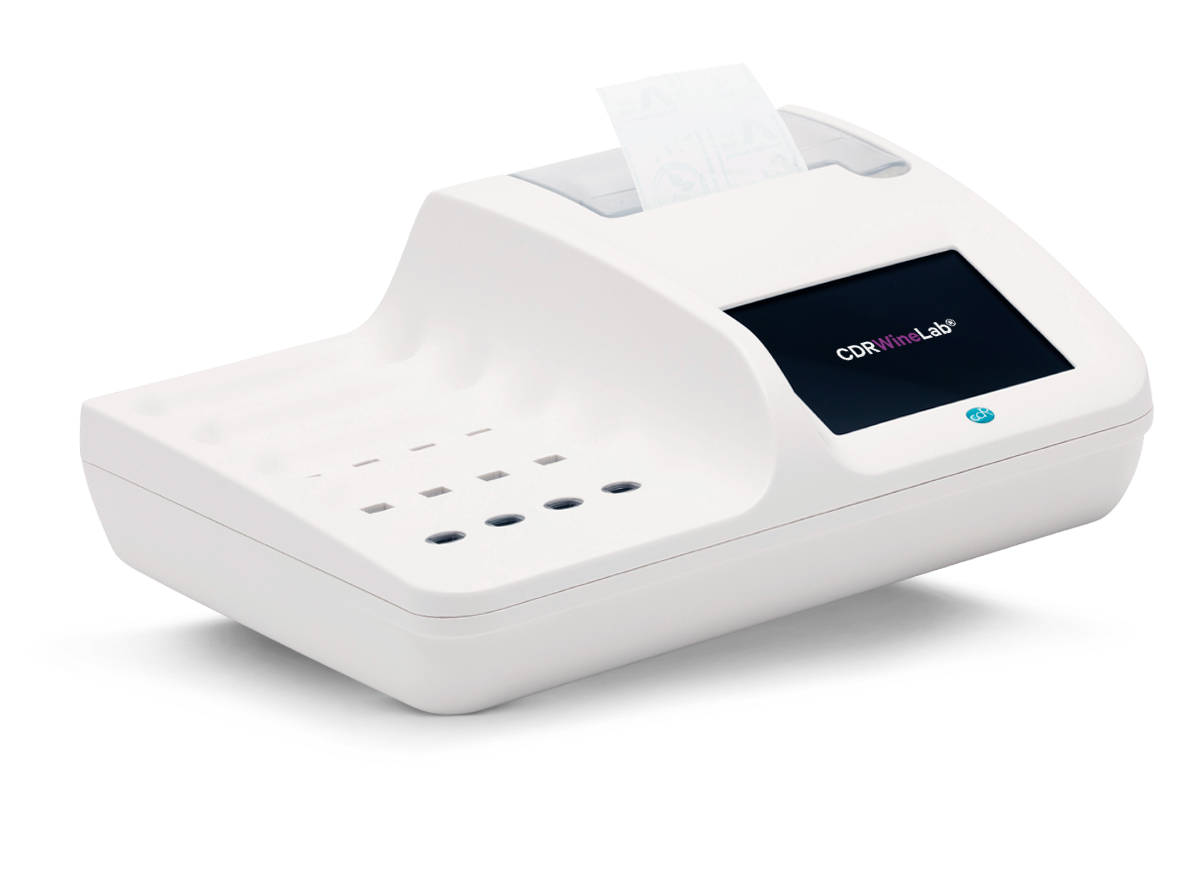Determination of the Acetic acid (volatile acidity) in wine
Acetic acid, often referred to volatile acidity, can be produced by several yeasts and bacteria present in wine. It may form during fermentation, secondary product, or during storage due to the deterioration of finished wine.
Features and benefits of CDR WineLab®
The analytical method developed for CDR WineLab®, a wine analysis tool, makes it possible to determine volatile acidity, i.e. the acetic acid content, with a simple photometric reading, operating on wine as it is or must, without the need to titrate the distillate of the wine obtained by steam distillation as required by the OIV method.
Moreover, with CDR WineLab® it is possible to obtain a greater precision of the results compared to the OIV method, being able to avoid the overestimation of the analytical data due to the contribution of both sorbic and salicylic acid.
Method
Test type: End Point.
Time testing: 6 minutes.
Analysis sessions with multiple samples are possible up to a maximum of 4 tests for CDR WineLab® and 3 tests for CDR WineLab® Junior.
...
Sample treatment
Wine is analyzed as it is. If necessary (sparkling or fermenting wine), the sample shall be degassed using the specific ultrasonic bath (code 222062).
Principle of the test
Through an enzymatic reaction, acetic acid is converted into pyruvic acid, which in turn reacts with NADH producing NAD+ and D-Lactic acid. The reduction of absorbance, measured at 366 nm (end-point), of the NADH solution is proportional to the quantity of acetic acid present in the sample.
...
Calibration curve
The calibration curve of CDR WineLab®, obtained using reference methods, confirms the excellent linearity of the system over the whole testing range.
...
Reagent test Kits
Code*300360: 10 tests
Measuring range
| Analyses | Measuring range | Resolution | Repeatability |
|---|---|---|---|
| Acetic acid [0.05-1.2] g/L | 0.05 - 1.2 g/L Acetic acid | 0.01 g/L Acetic acid | 0.06 g/L Acetic acid |
Analyzers for process and quality control in winemaking
CDR WineLab®
Complete analysis panel, supplied already configured
Up to 16 determinations simultaneously
Possibility of carrying out analyses of the same sample
Integrated printer
Full connections (LAN - USB - Bluetooth barcode/QR code reader)
CDR WineLab® Jr
Partial analysis panel, customisable configuration
Up to 3 determinations simultaneously
Wireless connection to external printer
USB connections
